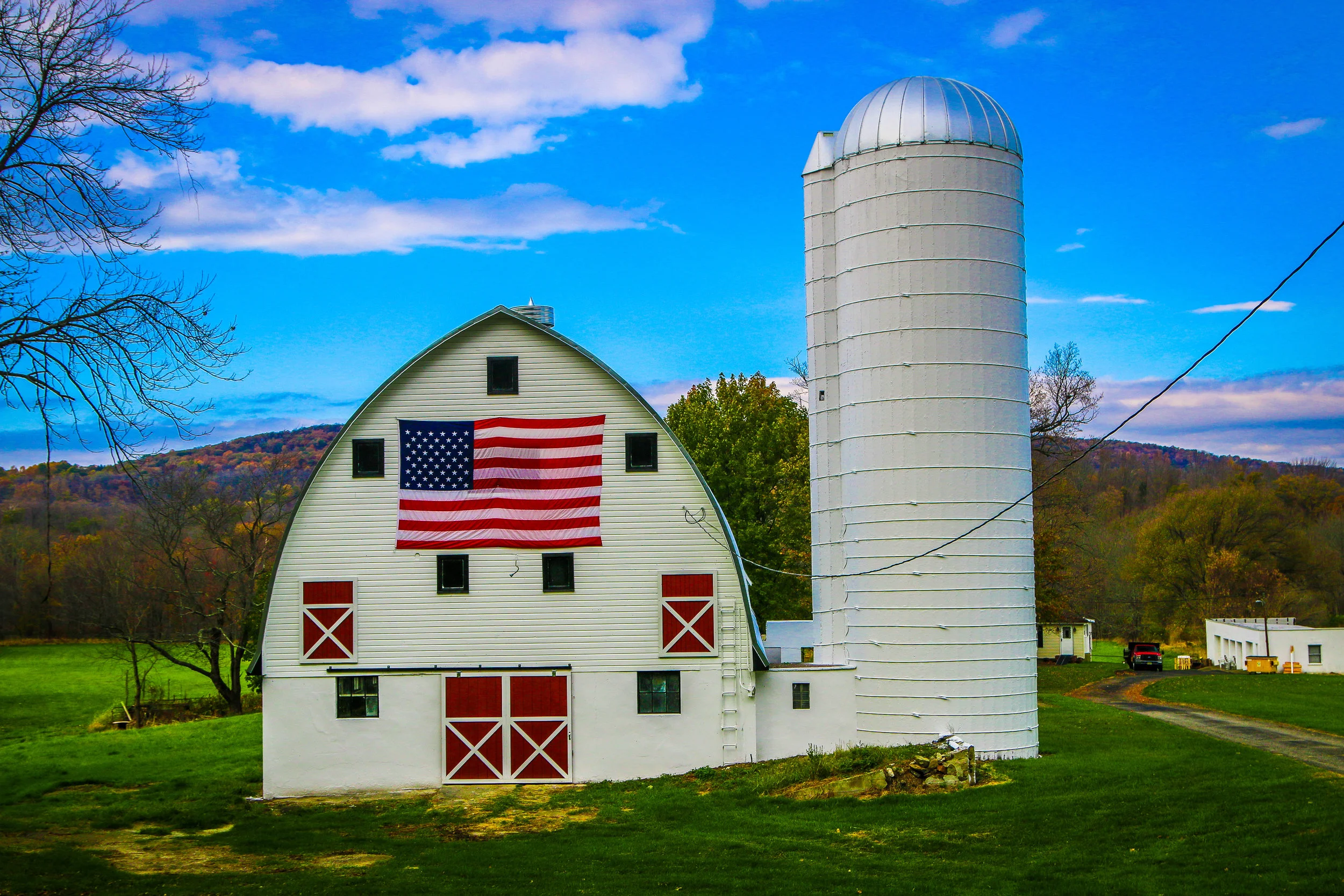Hello Everyone! First and foremost this week, I want to say how much my heart goes out to those affected by the tornadoes yesterday in New Orleans and across Texas. The Lower 9th Ward of New Orleans suffered enough for a lifetime with Hurricane Katrina and I’m heartbroken by the images coming from there today. I wish them well with their recovery. As for me, I’ve spent most of this week traveling across the Llano Estacado or the “Staked Plains” of northeastern New Mexico. This is not an area that sees a lot of tourism, but there is actually quite a bit to see out here and I’ve been enjoying it. The winds, however, have been blowing hard at me all week, which makes it hard to drive and since no matter which way you turn it never seems to be at your back, it doesn’t help with my gas mileage. When I pulled into Clayton an hour ago though, gas was at $3.70/gallon, the cheapest I’ve seen in over a month! It would have seemed expensive 3 months ago, but for today it brought a smile to my face. I’ve spent a lot of the week dodging suicidal tumbleweeds which wait until the last second and then make a beeline for my undercarriage. The beautiful pronghorns I’ve seen out in the grasslands have made up for it, though. I’ve actually been feeling really good this week and have been enjoying seeing this region of the state. Even though towns are few and far between and the wind makes me feel like I’m captaining a boat instead of driving a van, it’s been a really good week out here.
When I left you last week, I was on my way out to take some photos around Santa Fe, but clouds had moved in and it was a bit gloomy. I tucked into a little bar and met the most cantankerous person I’ve met thus far in New Mexico. Since he was the bartender and owner, it seemed like a good sign to call it an early night and get a good jump on my Thursday.
I hit the gym first thing Thursday morning and came out to find it snowing pretty heavily out. Since I couldn’t take my camera out in the snow, I went for an early lunch at a spot called Horseman’s Haven which my friend Estilla had recommended. When I got there, I double checked my phone to make sure I was in the right place because it was a little plain-looking spot tucked into the corner of a gas station parking lot. I’m sure glad I didn’t judge the book by its cover, because it turned out to be a really great restaurant. I had some chicken adovado, a New Mexican dish of chicken marinated and cooked in red chili, and I also got a side of their famous green chili which was as good as I had been promised (Anthony Bourdain apparently said it would “melt your face off”). It may be the best restaurant I’ve been to thus far in the state.
From there I headed back downtown and went to see the New Mexico History Museum and the Palace of Governors. The museum was pretty good and set out to tell the history of the state from the earliest Paleo-Indians to the modern day. I must admit my ignorance on a lot of the details of this region. Even though the names were all familiar from guiding tours here for many years, I didn’t have a good chronological understanding in my head and this museum really helped with that. I also enjoyed their in-depth look at the Harvey Hotels, an early chain of hotels and restaurants that grew up with the railroad, of which Santa Fe’s own La Fonda was one. I’ve been to La Fonda many times, and El Tovar and the Bright Angel Lodge at Grand Canyon, but I’ve always been interested in the brand, which was also one of the first big tourism operations in the Southwest. After early run-ins with locally hired employees, Fred Harvey decided to hire mostly young, single women - lovingly remembered as the Harvey Girls. In doing so, the Harvey brand may have had more responsibility for populating the region than they intended by bringing single, adventurous women to the Southwest. The Palace of Governors, which is attached to the museum, has been on the plaza in Santa Fe since 1600. It’s been occupied by the Spanish, the Pueblo Indians, Mexico, the United States and even, briefly, the Confederacy. The building has been altered, expanded, contracted, and was even given Victorian flourishes at one point. When you learn all of this, it’s amazing that this adobe building has survived for 400 years. Sadly, there isn’t much to it on the inside except a bunch of whitewashed walls and I wish they would furnish it from its many different periods. It was still interesting to see and I’m glad I went.
It being St. Patrick’s Day, my next stop was Boxcar – a very un-Irish bar, but seemingly the only game in town for the big day. To be fair, they did try and they all worked very hard to make it enjoyable. There was corned beef, Guinness and green beer…













